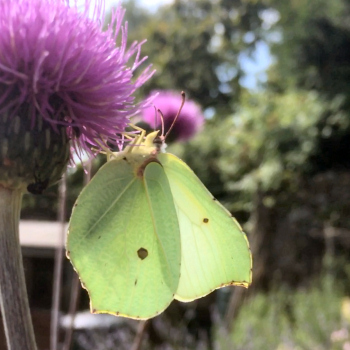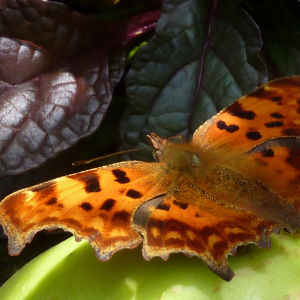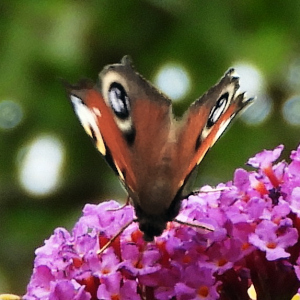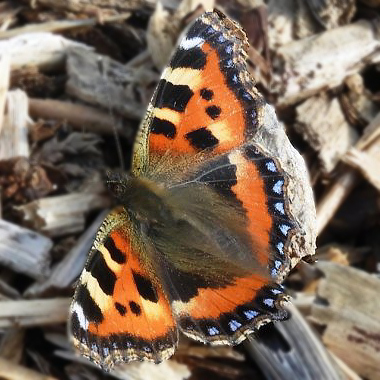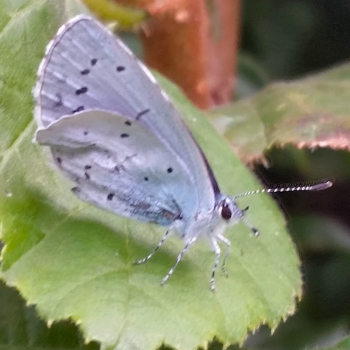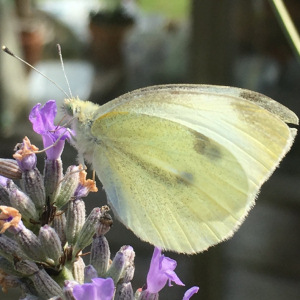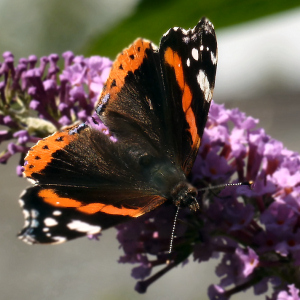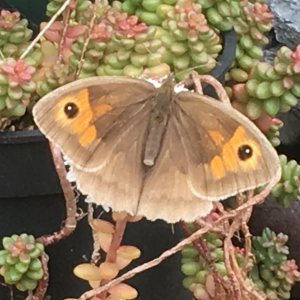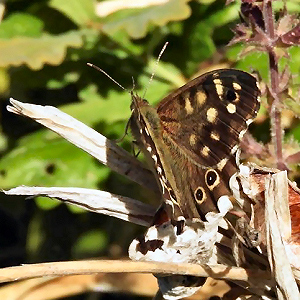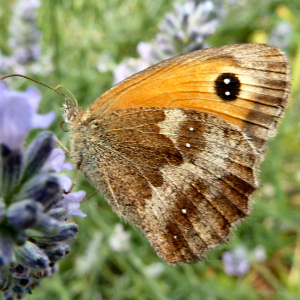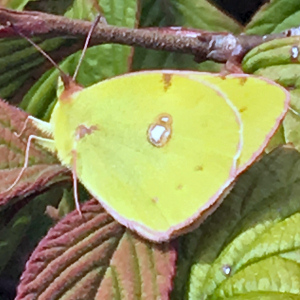|
Liz Earl's Winsham Wildlife Diary
2020
2020 has been a
funny old year and no mistake.
As I look out of the window on this penultimate
day of the year it is glum and gloomy.
This December we have witnessed huge amounts of
rainfall – over 6” (15cm in this area, though thankfully
no flooding as in other parts of the country.
We had Storm Bella on Boxing Day – surely too
pretty a name for a storm!
The positive
thing to have come out of the corona virus pandemic is
that more people have been reconnecting with nature we
are told.
Also species which have been driven out of their natural
habitats by crowds of humans, have returned, at least
for now.
So what has been
happening in and around Winsham in the past year?
On the wildlife front I mean!
January
In the middle of
January we invited a few friends to come and wassail in
our apple orchard.
There was lots of singing, dancing, clashing of
pots and pans and sprinkling of alcohol.
This is done in order to encourage the apple
trees to bear fruit; and indeed it did!
The word wassail comes from the Anglo-Saxon
greeting ‘Waes bu hael’ meaning ‘Be in good health’.
Many of you will remember the shed loads of
windfall apples lying rotten and unloved in people’s
gardens in October. I almost wept at the waste, but a
friend said:
“Don’t worry.
They are a feast for wildlife”.
It is true that wasps and slugs, blackbirds and
fieldfares among others love them.
However there seem to have been very few
fieldfares in this area this year.
February
In the middle of
the month Storm Denis hit us.
Strong winds and torrential rain.
Then at the end of the month there was more of
the same.
This time Storm Jorge was to blame.
At the Ilminster
branch of the Somerset Wildlife Trust there was an
interesting talk on adders
given by a volunteer who monitors adders in the
Blackdown Hills.
Briefly, they are our only poisonous snake, they
are slow moving, give birth to live young and they are
predated by crows and buzzards, and of course, being
cold-blooded, there is nothing they like more than a
south facing bank where they can bask in the sun.
March
A walk down
Ebben Lane at the end of March revealed a lot of Dog’s
Mercury (mercurialis perennis).
It is prolific under hedges and is extremely
poisonous.
The 17th Century herbalist, Nicholas
Culpepper, said: “There is not a more fatal plant native
to our country than this.”
So why is it called Dog’s Mercury?
Mercury comes from the name of the Roman god who
is supposed to have discovered it.
He was the messenger of the gods and the leader
of the souls of the dead to the lower world.
The Dog’s because it was considered worthless,
i.e. fit only for dogs.
April was hot and sunny like the last half of March.
Lots of butterflies – Peacocks, Brimstones,
Orange tips (all of which overwinter as adults) and
small Whites, although they could equally be female
Orange tips at a distance.
My first sighting of Brimstones and Peacocks this
year was 22 March, 3 weeks earlier than last year.
There are lots
of lovely wild flowers about in April and it is a good
time to visit Wa_edited-1.jpg) yford Woods.
Speedwell, wild garlic, dead nettle, archangel to
name but a few. yford Woods.
Speedwell, wild garlic, dead nettle, archangel to
name but a few.
I noted that our
beech hedge is still hanging on to last year’s brown
leaves. This
set me thinking as to why beech hedges, and sometimes
other juvenile trees like oak and hornbeam, don’t shed
their leaves in Autumn.
I have looked this up (Google is a wonderful
thing!) and there are a variety of suggestions but no
consensus.
Some botanists think that marescence (retention of dead
plant matter) means that in the Spring when the leaves
drop the plant can make better use of the resulting
compost.
Others think that it protects the dormant buds against
the harsh Winter weather and also nibbling of the twigs
and buds by large mammals like deer.
May
Jim Everidge
told me on 1st May he had just seen two yellow
hammers while walking up Crewkerne Hill.
Good news as yellow hammers are a threatened
species. He
also said he had a gold crest nesting in his garden.
Am I envious? Not half!
Walking up
Crewkerne Hill and through Midnell and Looe Farms I was
struck by how few insects and birds there were.
Just a few bees and a mayfly. And this in spite
of the hedgerows and banks being absolutely full of
flowers – cow parsley, red campion, foxgloves, dead
nettles, mares tails, vetch, herb Robert, stitchwort,
germander, mouse ear, dandelion and many more.
Several studies have reported substantial
declines in insect populations, mainly bees,
butterflies, moths, beetles, dragonfli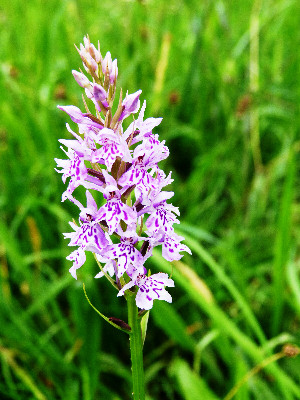 es and damsel
flies; this being mainly due to loss of habitat. es and damsel
flies; this being mainly due to loss of habitat.
The charity
Plantlife launched a campaigning experiment in 2019
called Every Flower Counts and No Mow May and this year
I enrolled.
We didn’t mow our lawn through the whole of May and then
had to randomly select 1m square quadrants and identify
the flowers which were growing there.
It was really interesting to see what was
flowering and to read the national results.
Daisies topped the leader board followed by white
clover, self heal and birds foot trefoil.
Seven species of orchid were also recorded
July
On looking at
our eaves from outside the house one day I noticed that
we had a steady stream of wasps flying in and out and
going into the loft I discovered an enormous wasps’
nest, and I mean enormo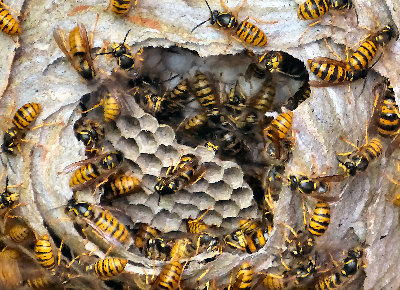 us. I’m a great fan of wasps but
I didn’t want them in my loft so a pest control man came
to destroy the nest.
I then discovered that the loft was home to quite
a number of bats judging by the numerous droppings.
These were mainly pipistrelles but when my son
went up there to video them he found there were 2
greater horseshoe bats as well. us. I’m a great fan of wasps but
I didn’t want them in my loft so a pest control man came
to destroy the nest.
I then discovered that the loft was home to quite
a number of bats judging by the numerous droppings.
These were mainly pipistrelles but when my son
went up there to video them he found there were 2
greater horseshoe bats as well.
October
Two grey
squirrels are busy harvesting sweet chestnuts and
burying them ready for the lean Winter months.
Are they really capable of planning for the
future like us humans?
I’d like to know
if anyone agrees with me but I feel that feeding garden
birds from hanging feeders favours certain breeds such
as tits and goldfinches but does nothing to help wrens,
blackbirds robins and thrushes so we are propping up
large populations of some kinds artificially.
It is a sobering
thought that insects are on the decline, particularly
bees, moths, butterflies, beetles and dragonflies.
We all need to do our bit to encourage them by
laying off the insecticides, weeding and mowing less and
cultivating the plants they like.
To lift our spirits here are some lovely photos
of dragonflies taken by Henk Beentje.
2020
Picture Gallery-scenes from Liz's garden and surrounding
area
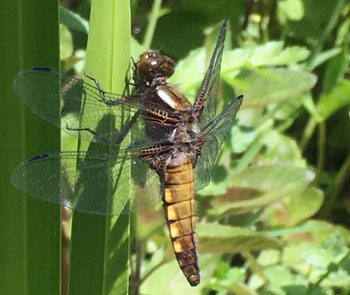
Broad Bodied
Chaser-Female |
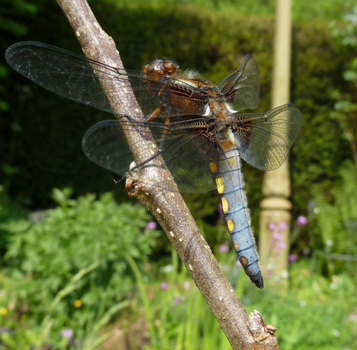
Broad bodied Chaser-Male |
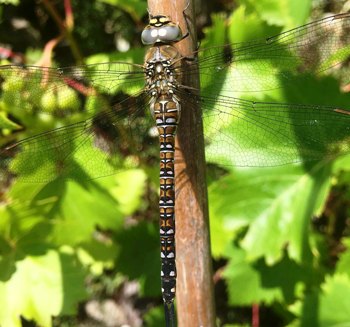
Golden-ringed
Dragonfly |
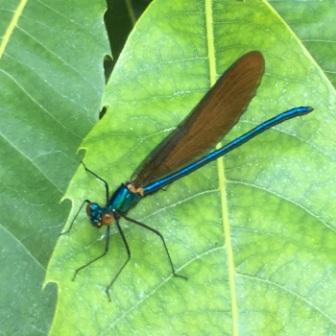
Beautiful
Demoiselle |
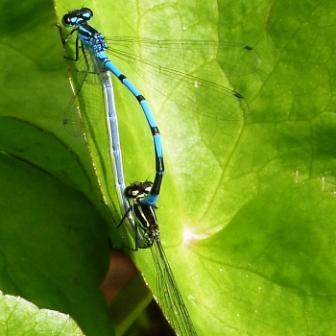
Azure
Damselflies mating
|
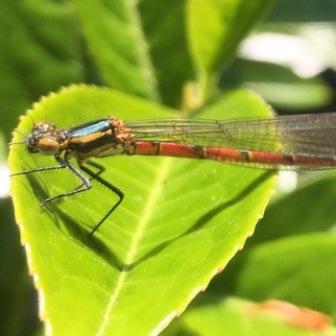
Large Red
Damsel |
.JPG)
Greater
Spotted Woodpecker
|
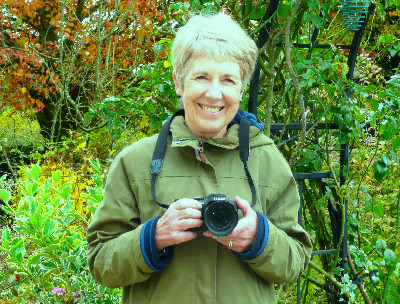
_edited-1.jpg) yford Woods.
yford Woods. es and damsel
flies; this being mainly due to loss of habitat.
es and damsel
flies; this being mainly due to loss of habitat. us. I’m a great fan of wasps but
I didn’t want them in my loft so a pest control man came
to destroy the nest.
us. I’m a great fan of wasps but
I didn’t want them in my loft so a pest control man came
to destroy the nest.




